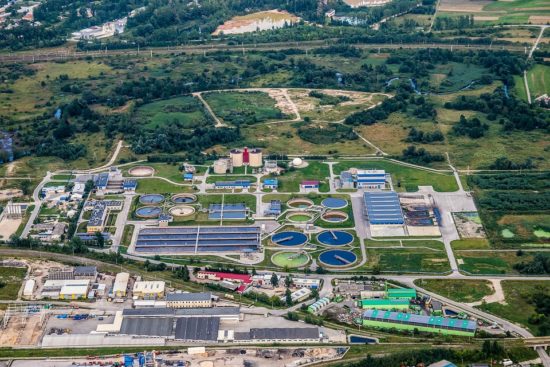Niche and local geography shape the pangenome of wastewater- and livestock-associated Enterobacteriaceae
Escherichia coli and other Enterobacteriaceae are diverse species with “open” pangenomes, where genes move intra- and interspecies via horizontal gene transfer. However, most analyses focus on clinical isolates. The pangenome dynamics of natural populations remain understudied, despite their suggested role as reservoirs for antimicrobial resistance (AMR) genes. Here, we analyze near-complete genomes for 827 Enterobacteriaceae (553 Escherichia and 274 non-Escherichia spp.) with 2292 circularized plasmids in total, collected from 19 locations (livestock farms and wastewater treatment works in the United Kingdom) within a 30-km radius at three time points over a year. We find different dynamics for chromosomal and plasmid-borne genes. Plasmids have a higher burden of AMR genes and insertion sequences, and AMR-gene-carrying plasmids show evidence of being under stronger selective pressure. Environmental niche and local geography both play a role in shaping plasmid dynamics. Our results highlight the importance of local strategies for controlling the spread of AMR.
AMR NEWS
Every two weeks in your inbox
Because there should be one newsletter that brings together all One Health news related to antimicrobial resistance: AMR NEWS!





